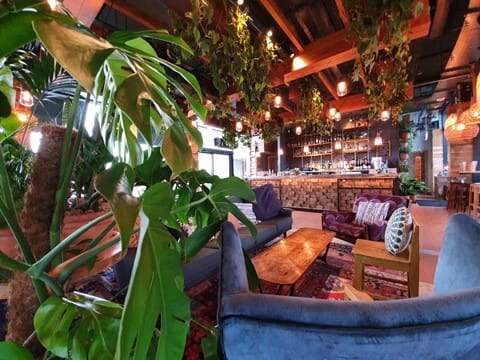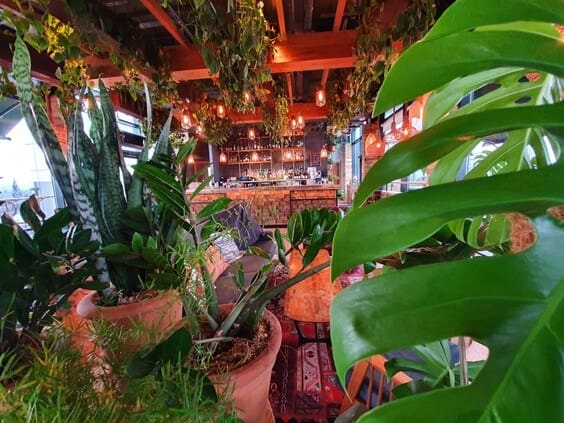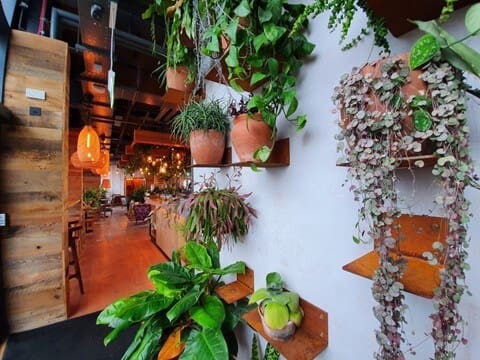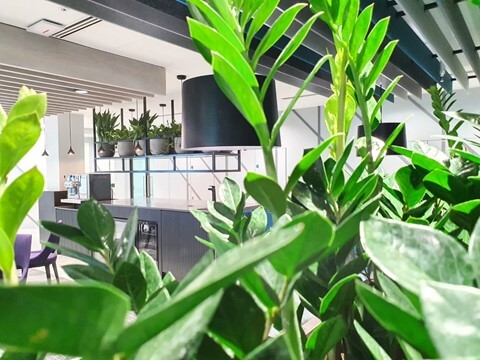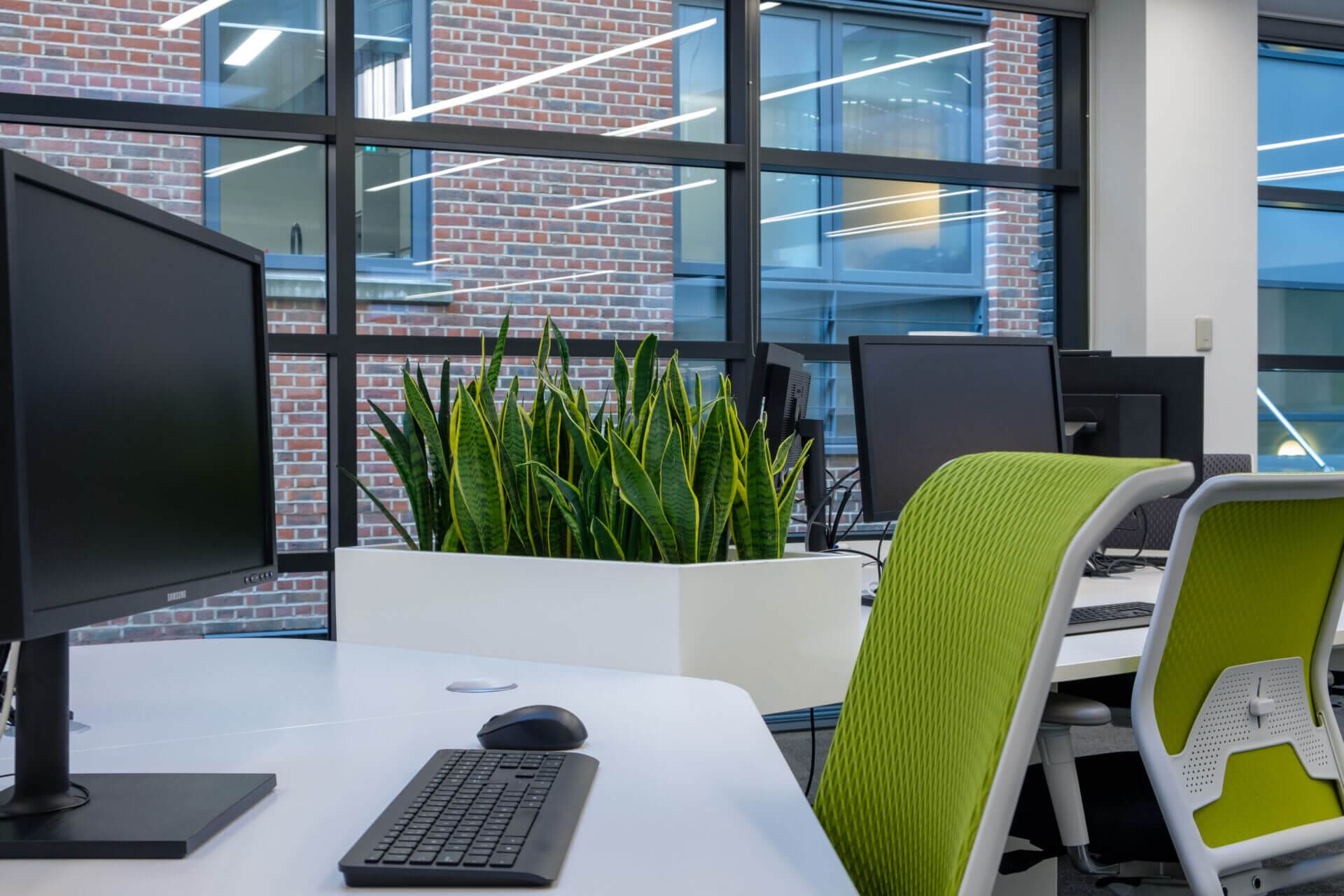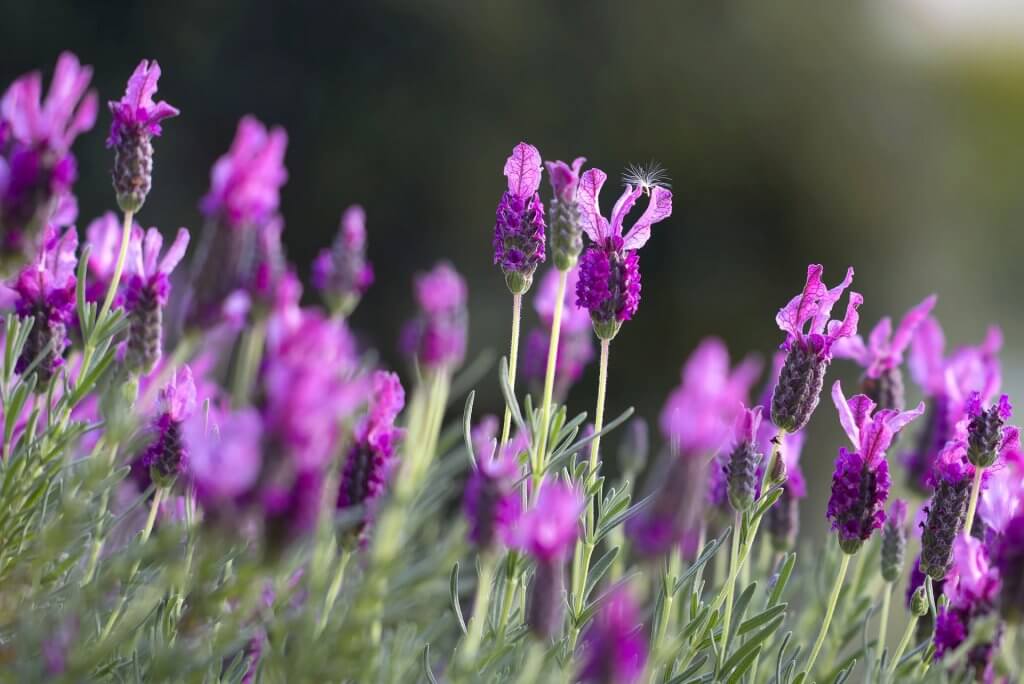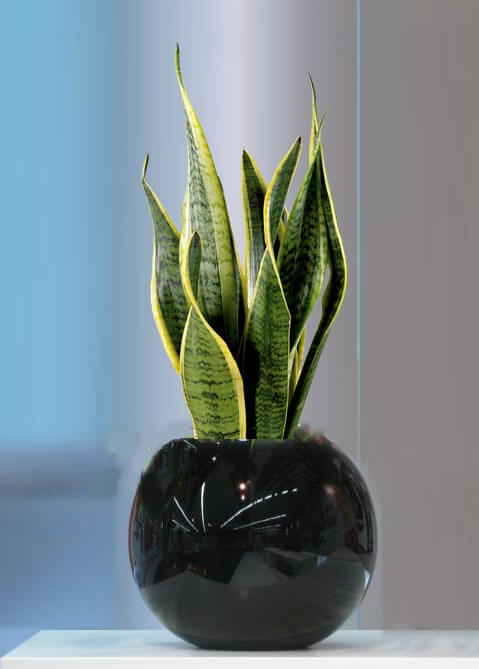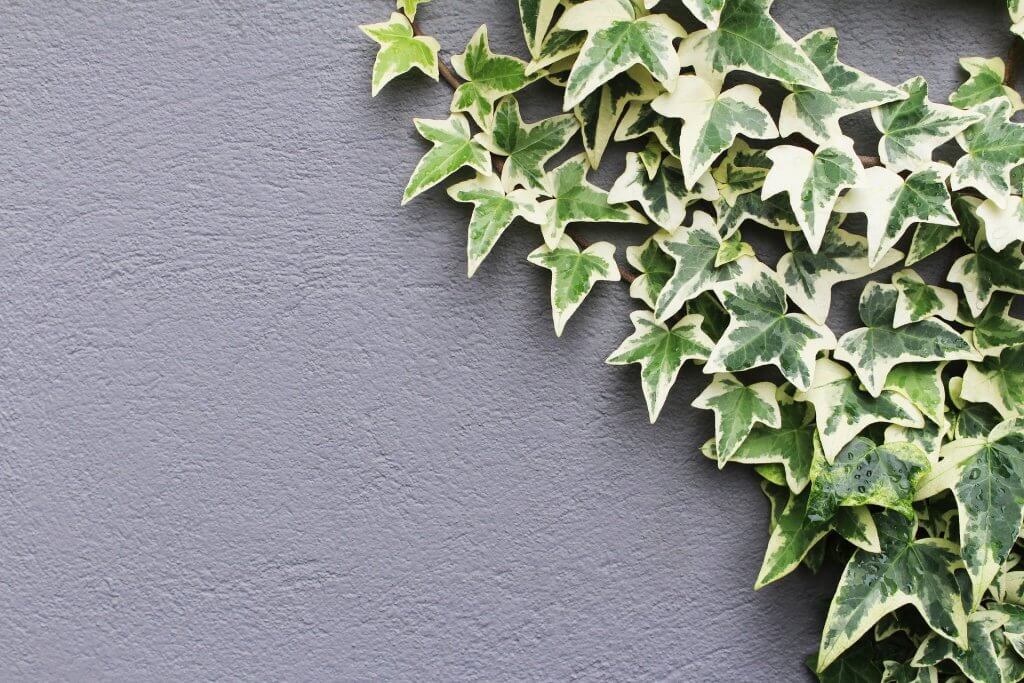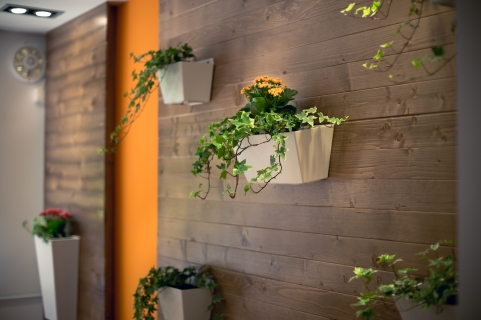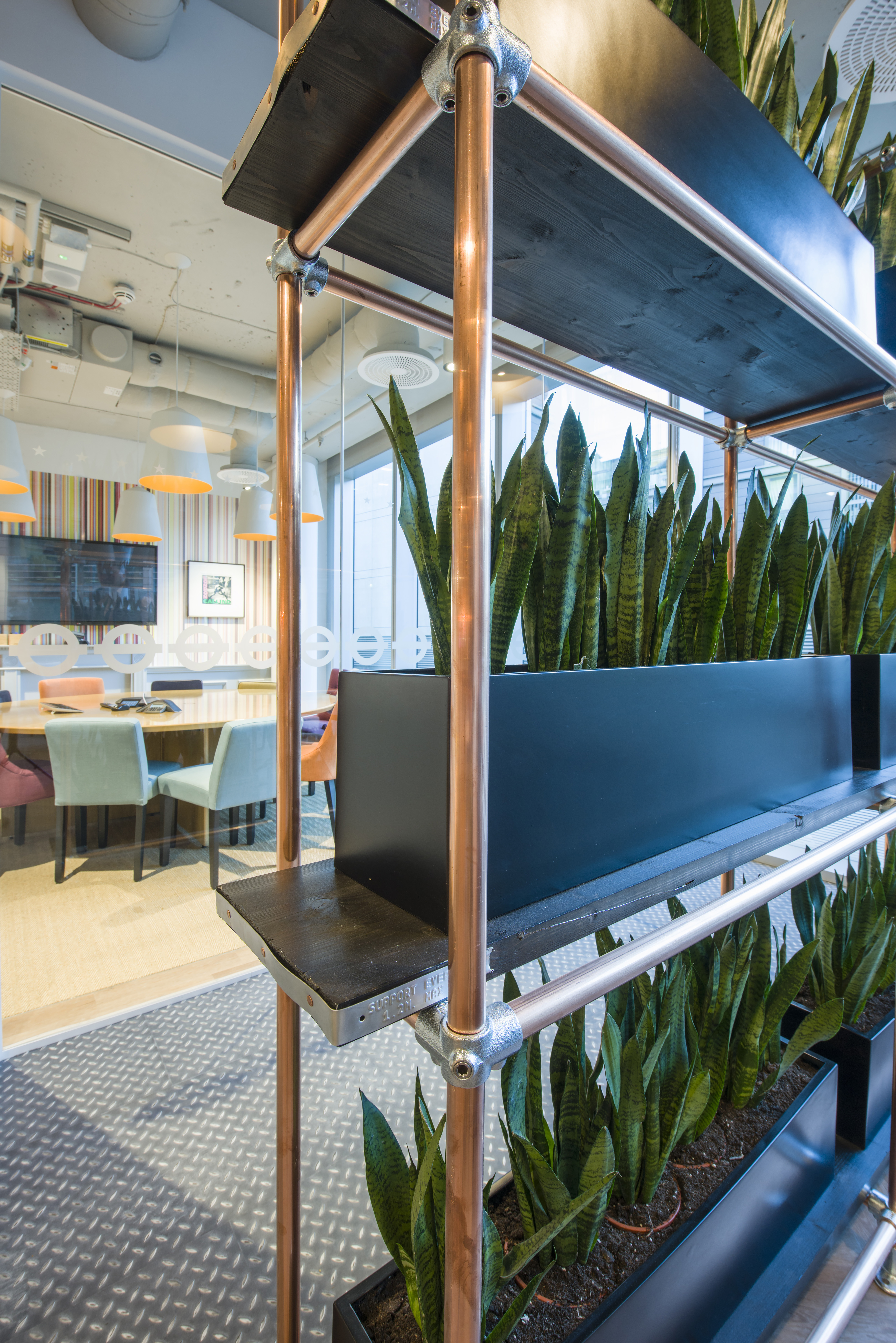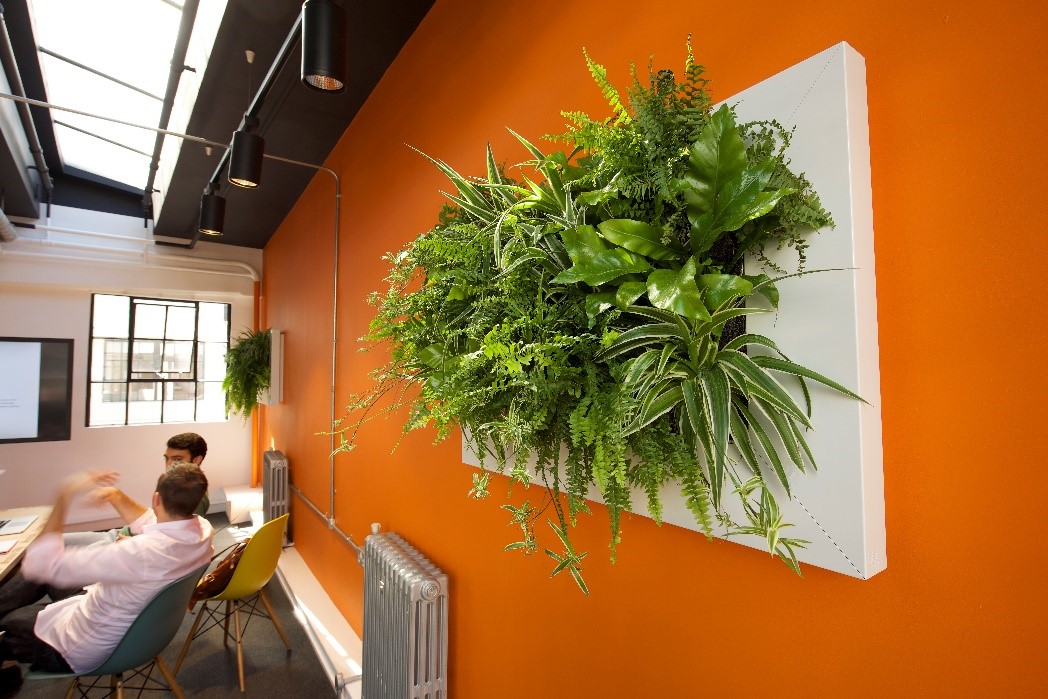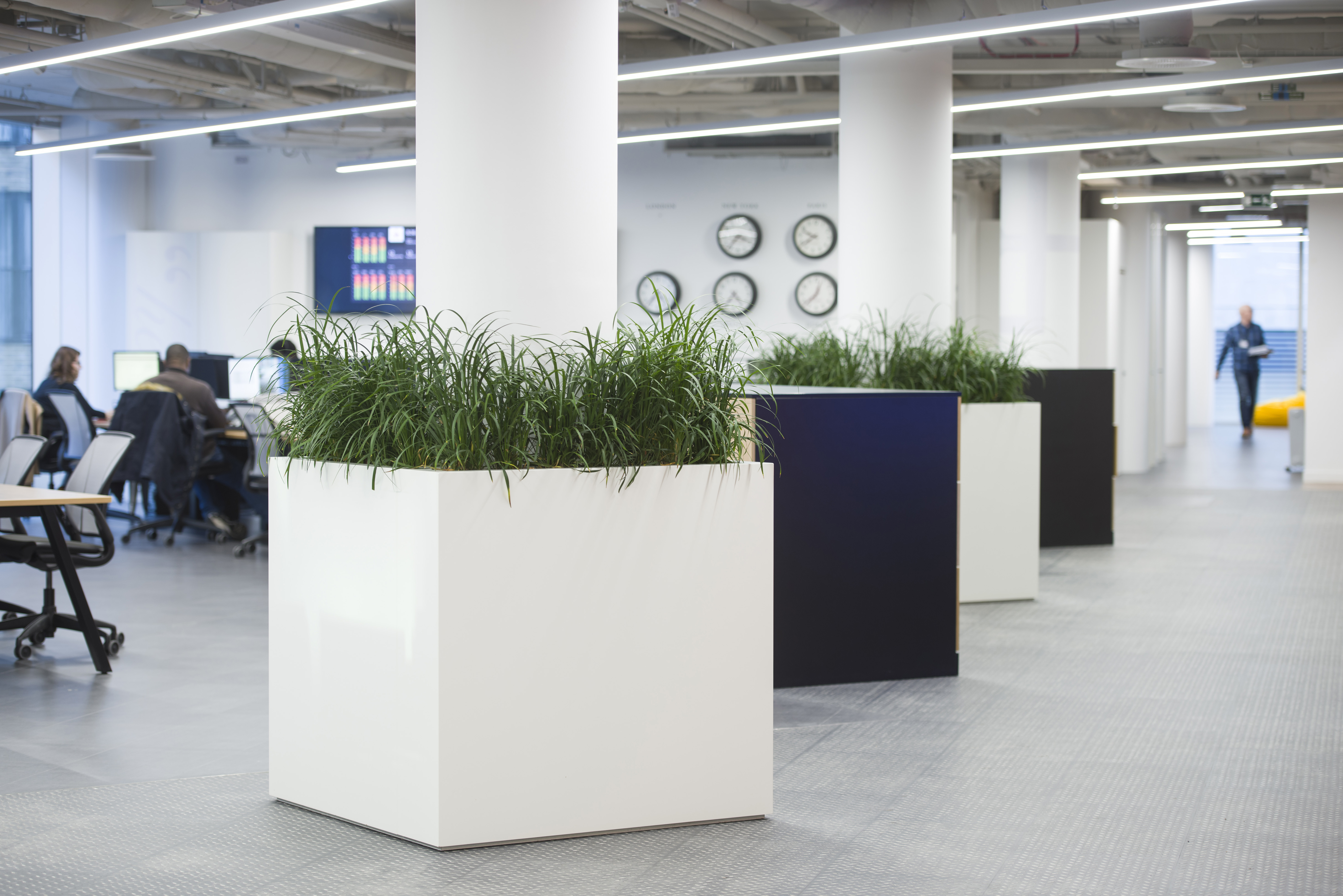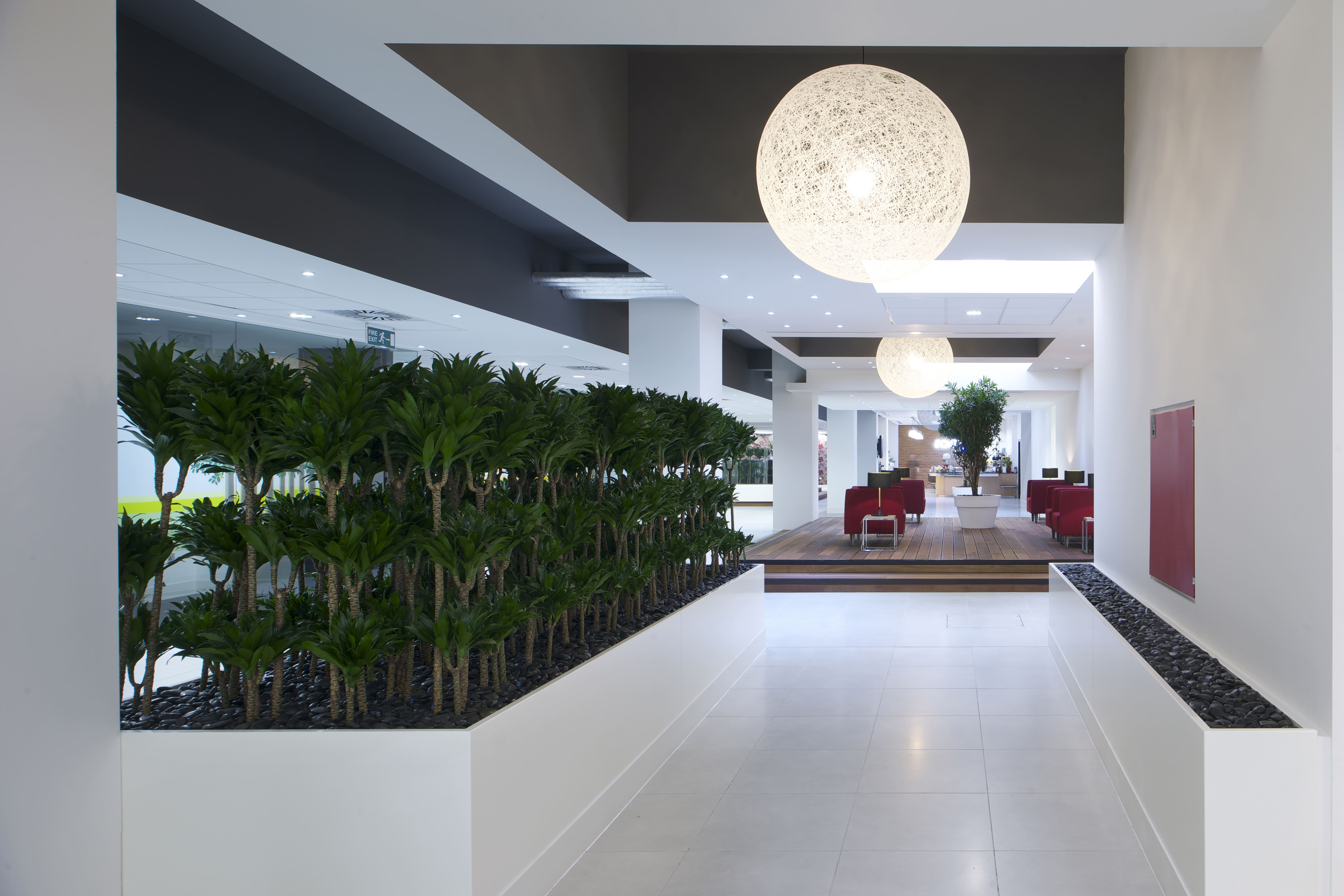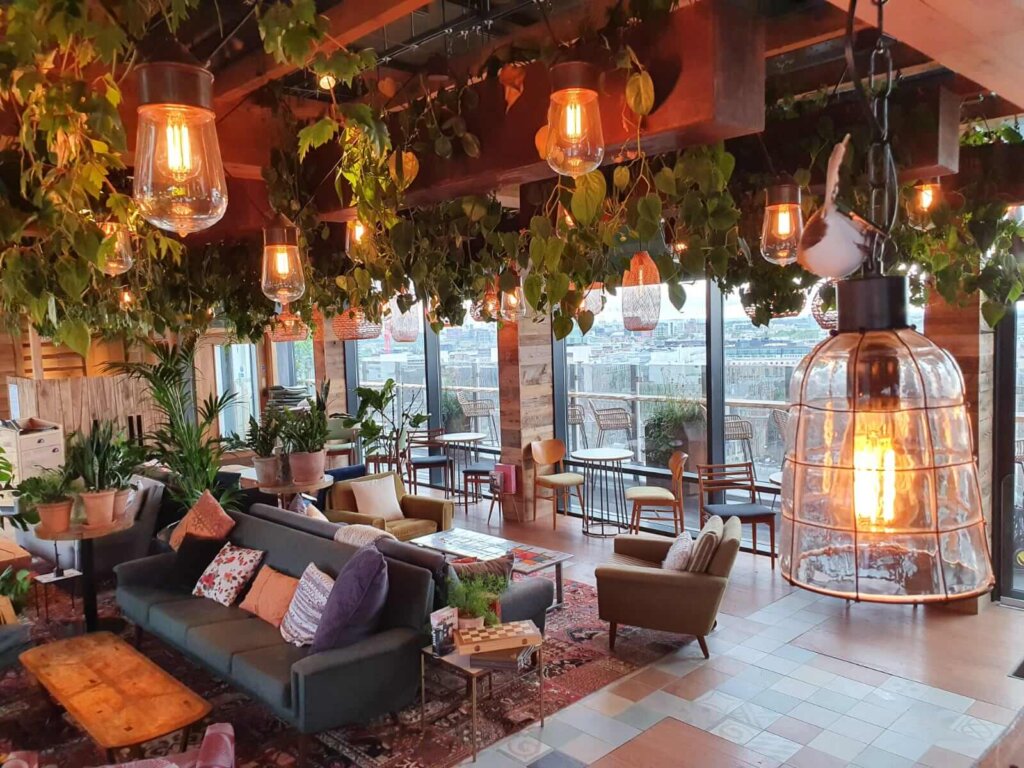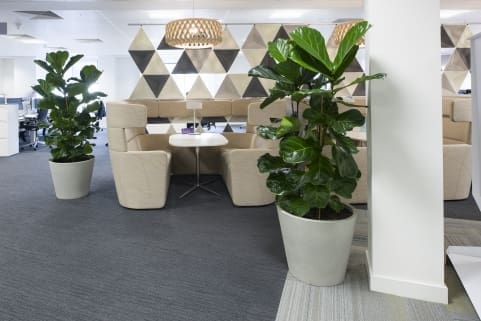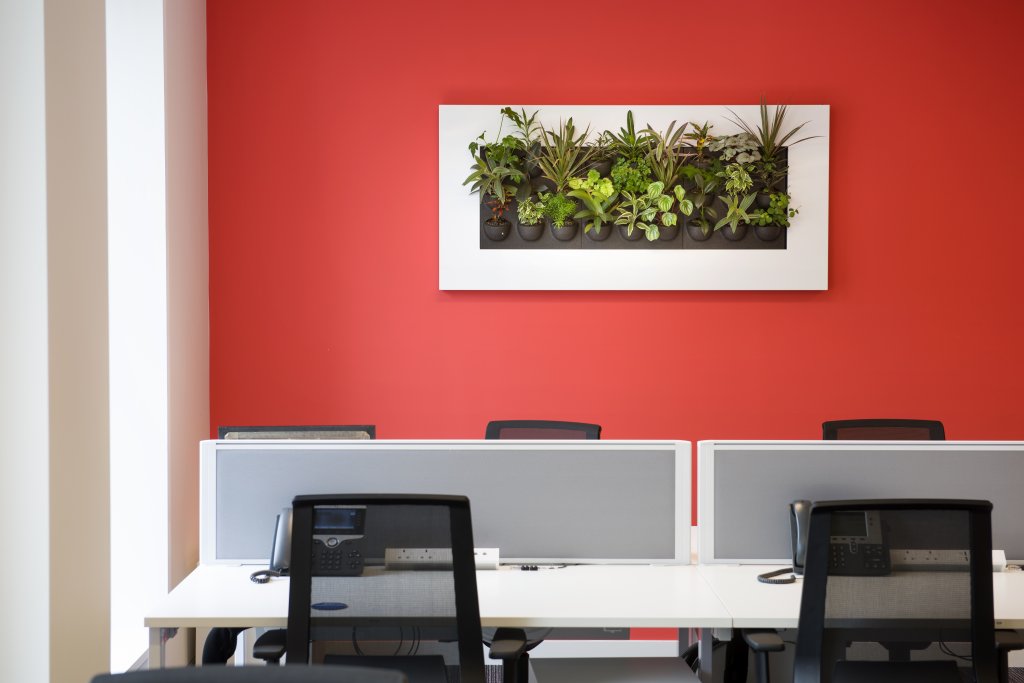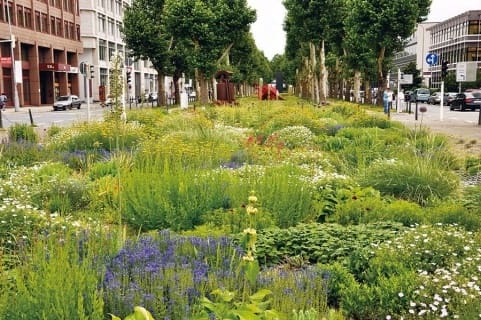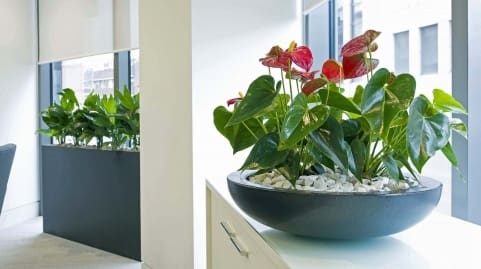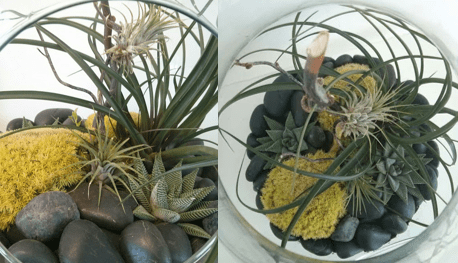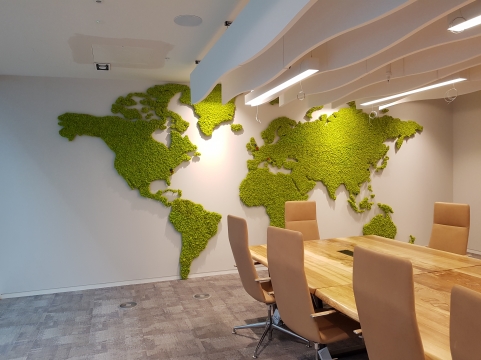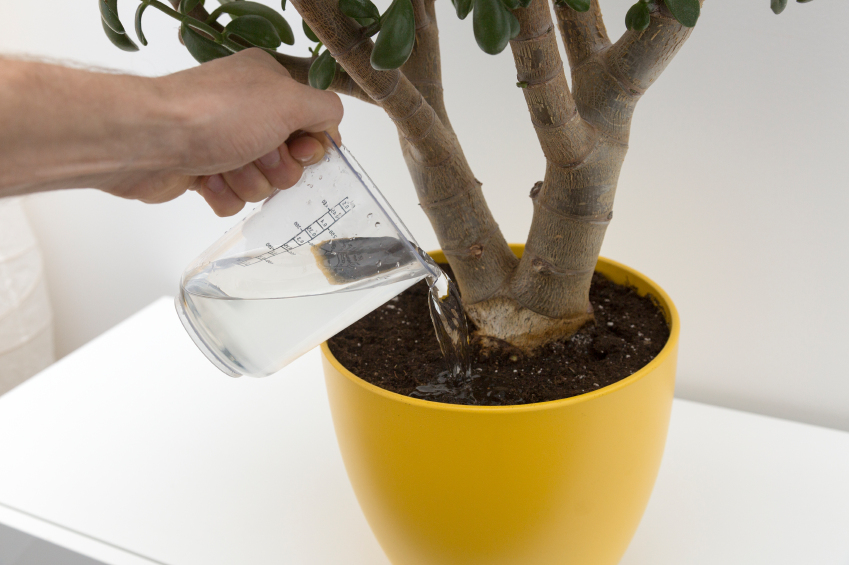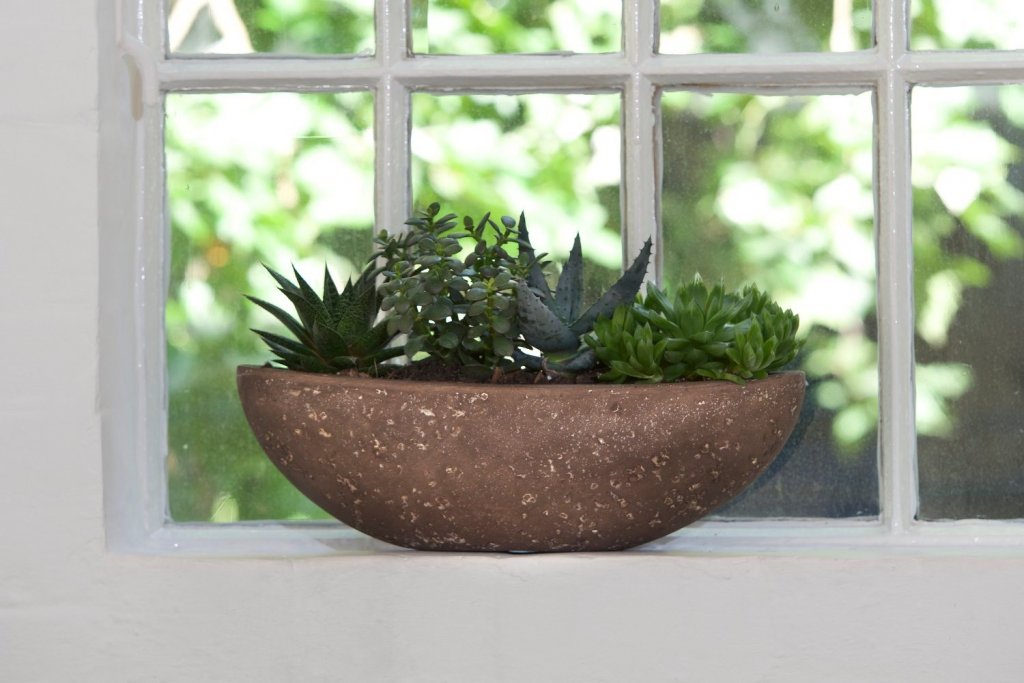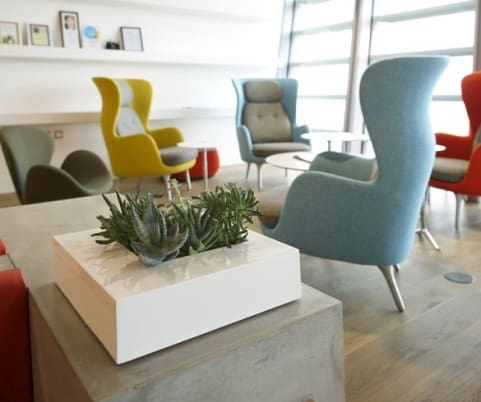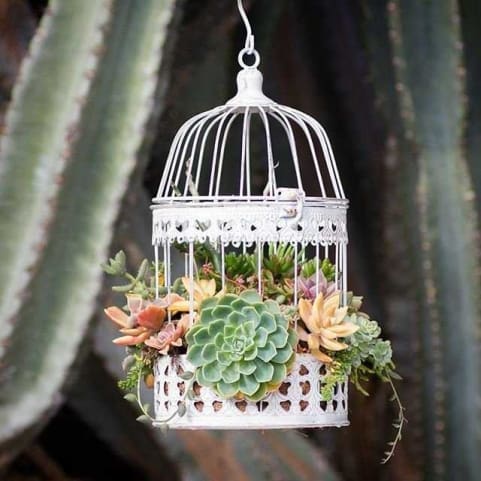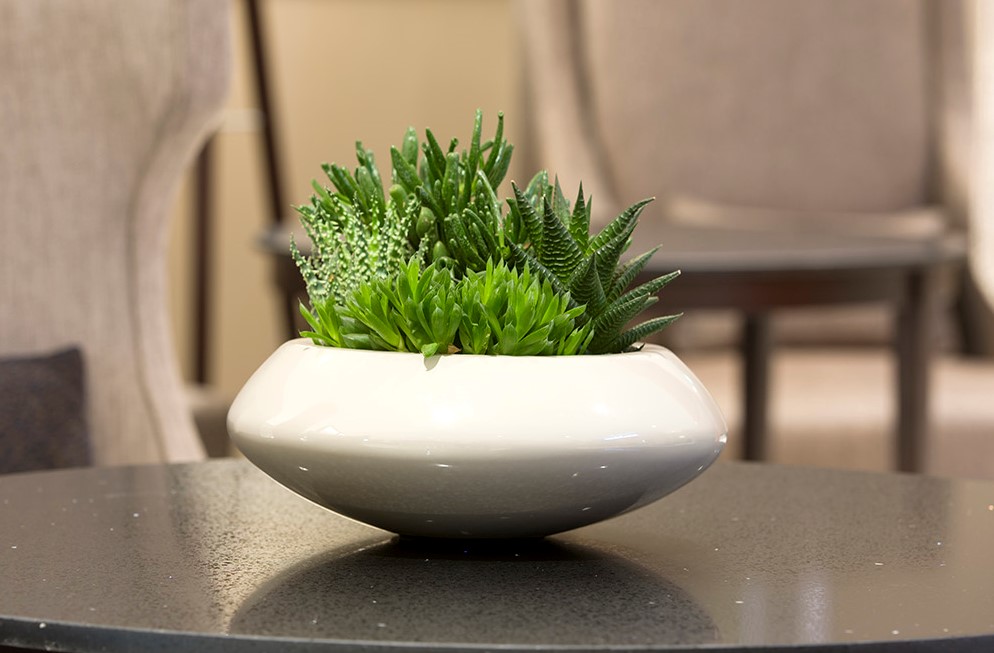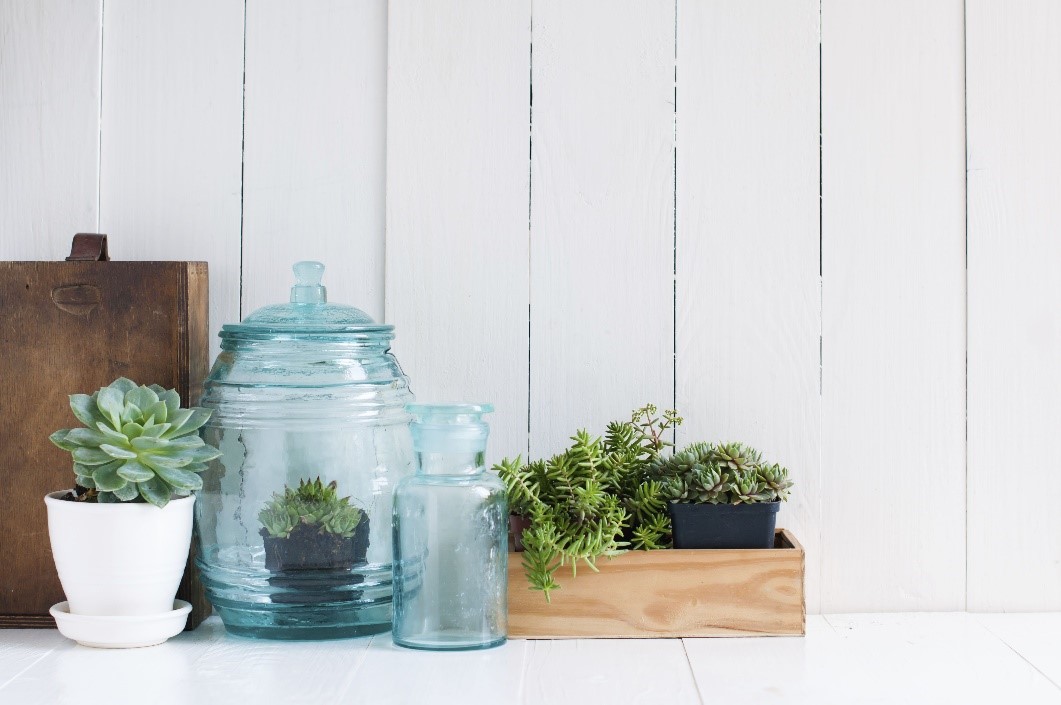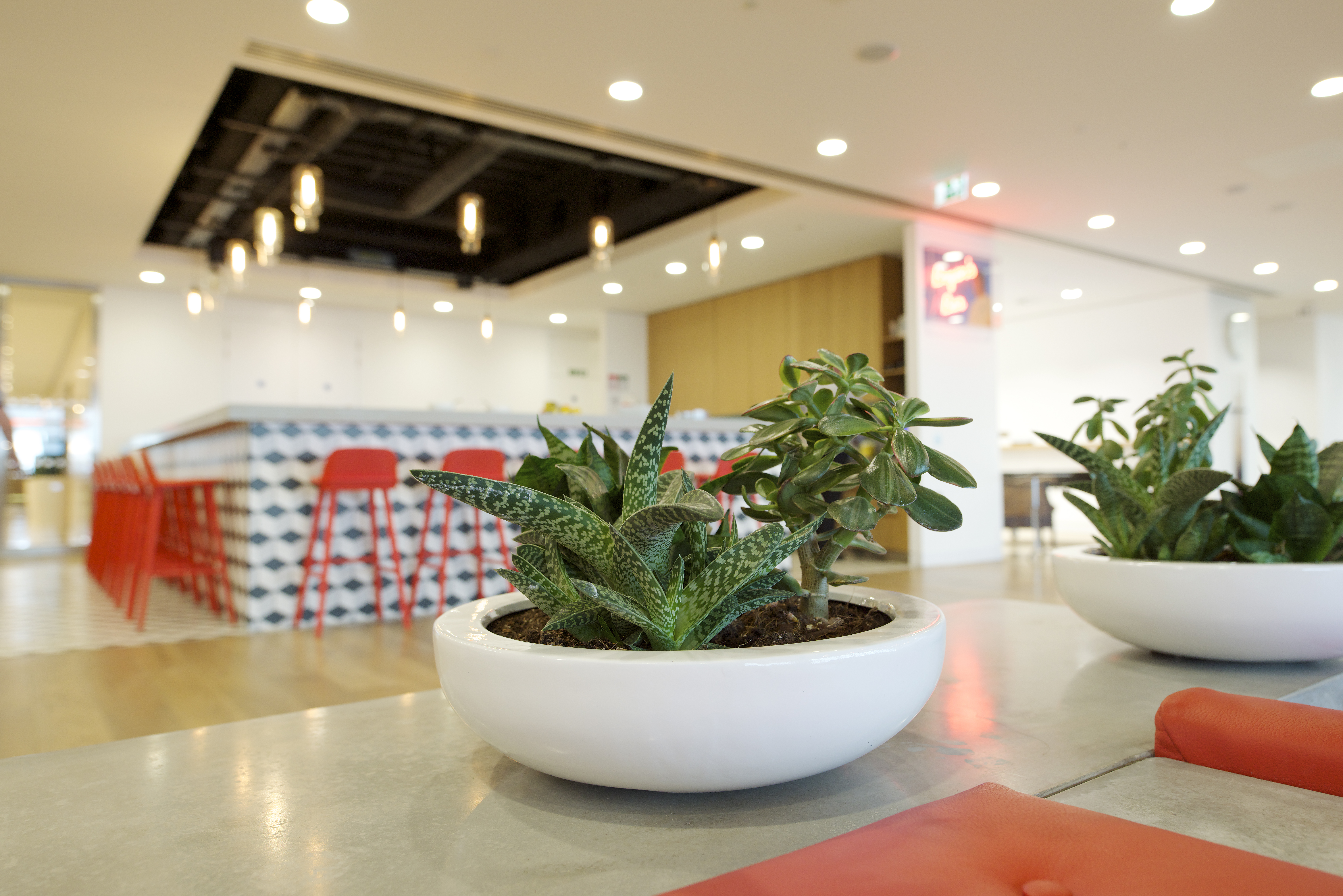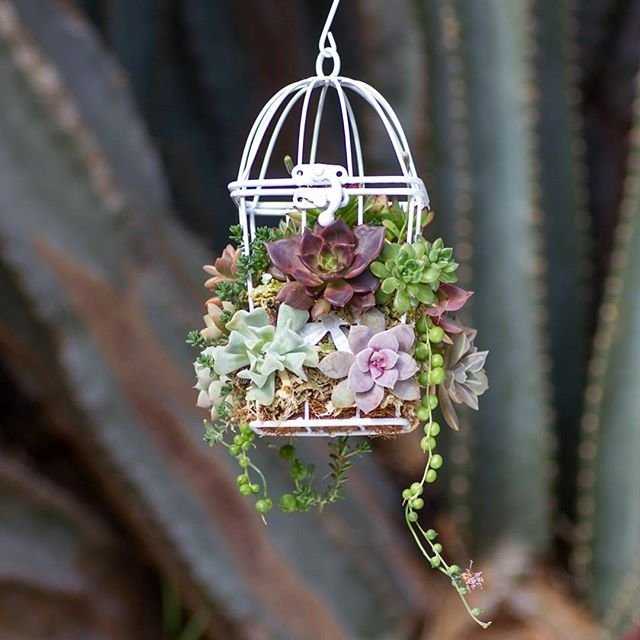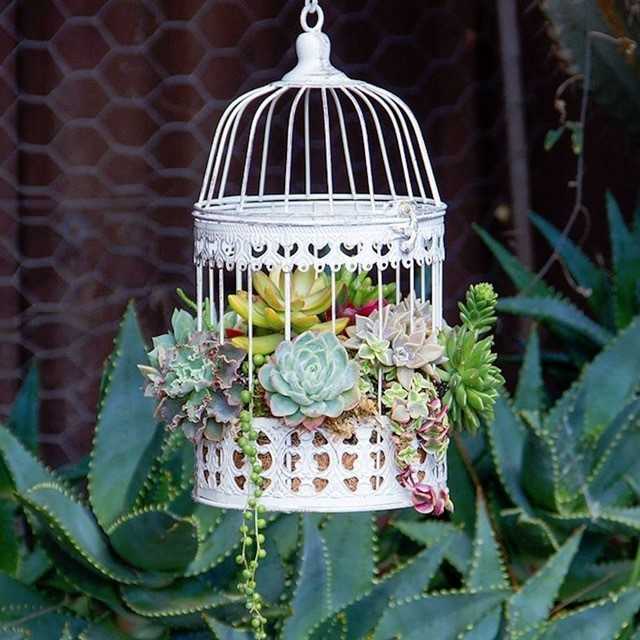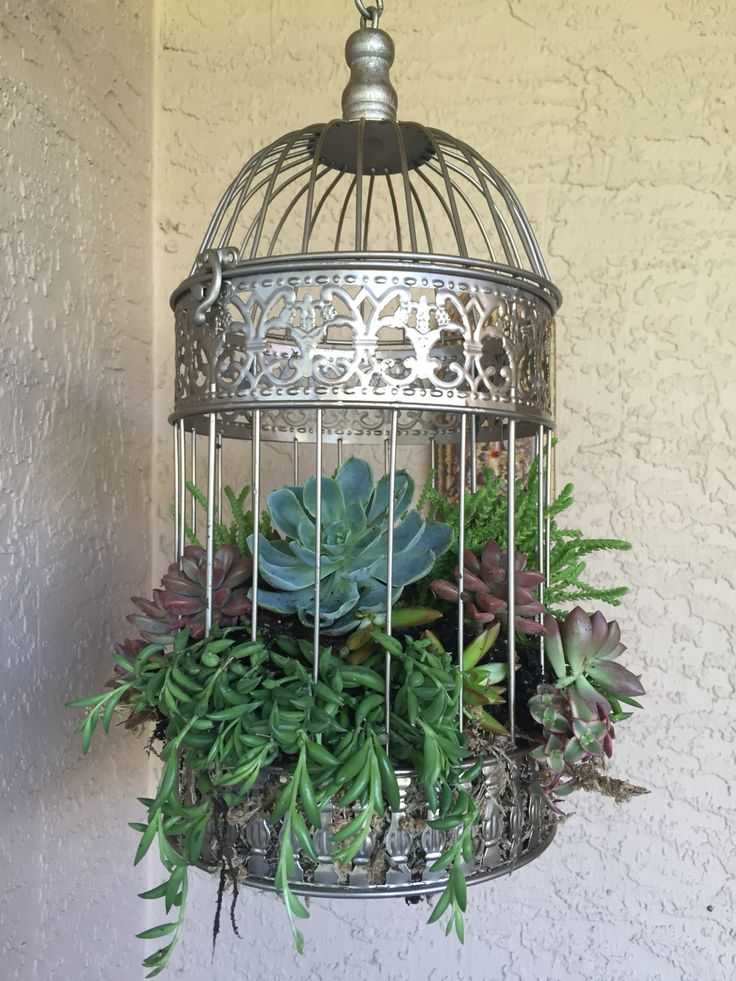Having just a solitary plant by the window is no longer the norm – offices across the nation are creating their own little patches of green and incorporating plants into their interior décor.
The benefits of a green office space are many, from mental wellbeing to lower levels of stress. Green Plants for Green Buildings say that a productive office includes biophilic design or bringing the outside in. The urban jungle trend can help you accomplish this goal – and it’s a trend that we love here at Planteria.
Why Do We Love the Urban Jungle Trend So Much?
By adding planters, plant stands, indoor plants, hanging plants and more to the office, you can create a ‘jungle’ in the building or workspace (and even at home!) that boosts people’s wellbeing and productivity.
And, at Planteria, we believe this interior trend is here to stay.
For a start, this is not a new concept, as people have been trying to create ‘jungle vibes’ in their home and place of work for a long time. If you look at the popularity of hashtags such as #urbanjungle, #junglestyle and #junglehome on Instagram, it’s clear this trend is not just a fad.
For example, there are almost 5 million posts just with the #urbanjungle tag!
Also, with a growing number of people living in cities (it’s estimated that, by 2050, there will be 2.4 billion more people in cities), bringing the jungle indoors is an increasingly attractive option.
It’s difficult for us to imagine life without greenery, so it’s no wonder that the urban jungle trend appeals so much to us. Plants can create a soothing atmosphere and are a brilliant addition to commercial spaces in general, including offices.
After all, an office full of bright colours and vivid greens will make people feel at ease (since it meets their biophilic needs) and reduces employees’ stress levels. We also believe an indoor jungle can improve air quality, boost people’s moods and create a happier workplace, which is why we love this trend so much.
How Easy Is It to Reproduce the Trend at Work?
The short answer is that it’s incredibly easy to bring the jungle indoors with a trusted office plant supplier.
You don’t have to go as far as Amazon, who really took the jungle look to the next level by building the Spheres. These giant biodomes in their Seattle headquarters allow staff to escape the office and work surrounded by nature:
If you’re considering rewilding your interior, there are two things you must take into account:
- That, besides the aesthetic, the space has to maintain its functionality as well.
- And that you need to pick the right plants for your office.
So, with this in mind, make sure that the layout of your workplace still makes sense. The visual appeal and impact of the plants are undeniable, but you also want your employees and visitors to be able to easily navigate the office without obstacles in the way, for instance.
The urban jungle look is all about more plants and more coverage, so don’t skip the walls either – living walls or potted plants on walls can add to the jungle effect and maximise your floor space at the same time.
Choosing the right plants for the office is also important because you want something that is easy to maintain. Plants require TLC to look their best and offices are usually busy places so, in order to keep up the jungle look, low effort plants and flowers should be top choice. You can however leave that to us at Planteria Group and we can help pick the best ones for your space, and look after them for you too!
What’s So Fun About the Urban Jungle Trend?
Plants are a source of inspiration and this trend can help people to reconnect with nature and unleash their creativity. What’s more, plants bring life into interiors as well – if you remove all plants from a space, it’s easy to see how empty and boring it can look.
The urban jungle trend also allows people to have fun taking care of something living and to contribute to the aesthetic of their own home workspace, which appeals to many home jungle fans who prefer plants to pets, they are both cheaper and easier to care for and don’t require walking!
How Can Planteria Help?
Our expert plant technicians create solutions tailored to your workspace. We always take the building design and restrictions into consideration, which includes humidity levels, lighting and heat; this allows us to create a bespoke design that matches your unique requirements.
Our knowledge of office plants is unrivalled and we make sure to match your corporate image and select the right plants for your environment as well.
We have a wide range of plants to choose from, so you’ll be spoilt for choice with Planteria. From Dracaena Lemon Limes and Anthuriums to Sansevieria and Aglaonema Stripes, we provide beautiful plants for any type of office and sector, including hotels, restaurants and offices of every shape and size!
We offer many options for corporate plants at Planteria, so get in touch today to learn more about them and how we can help create an urban jungle in your office.

